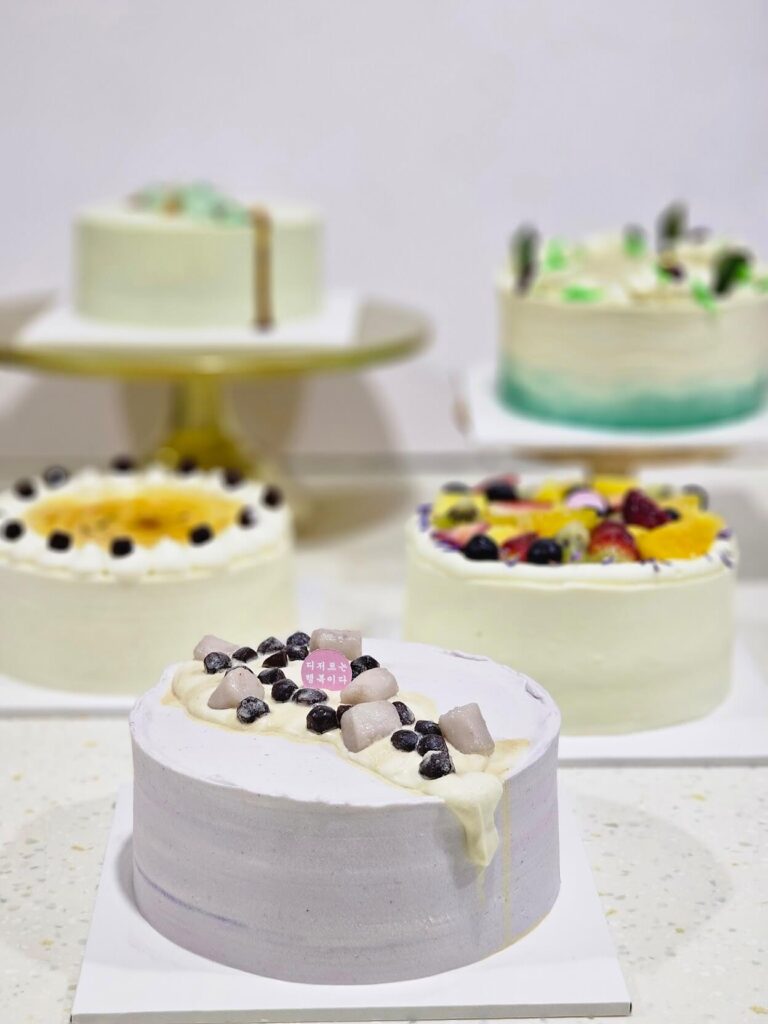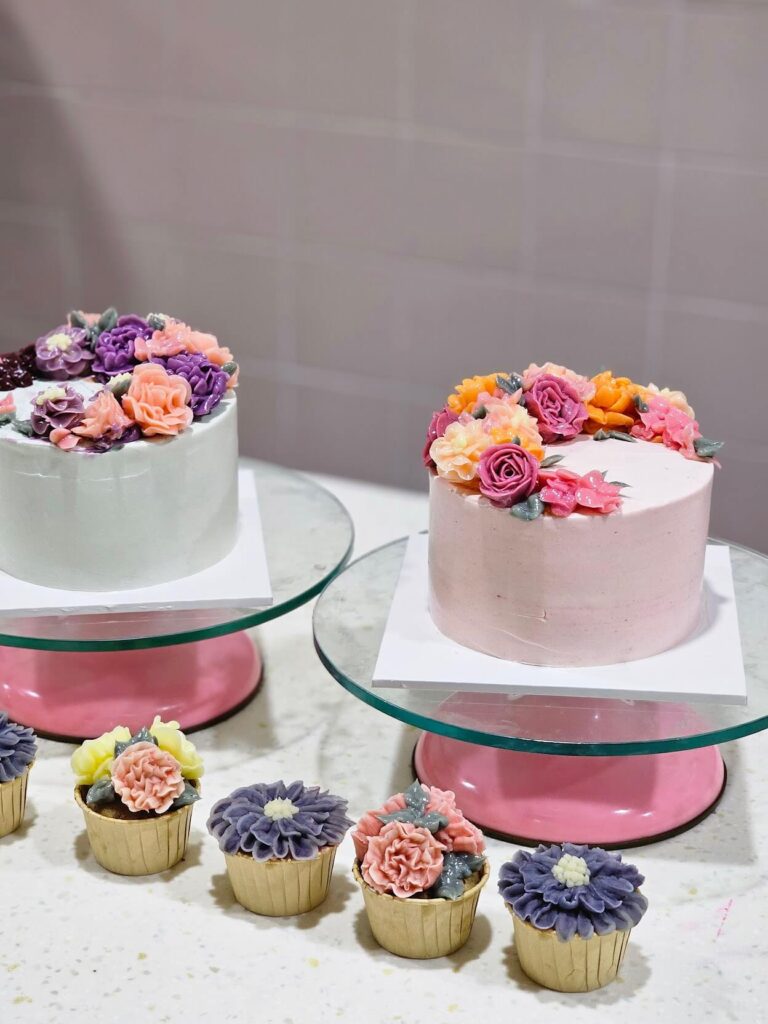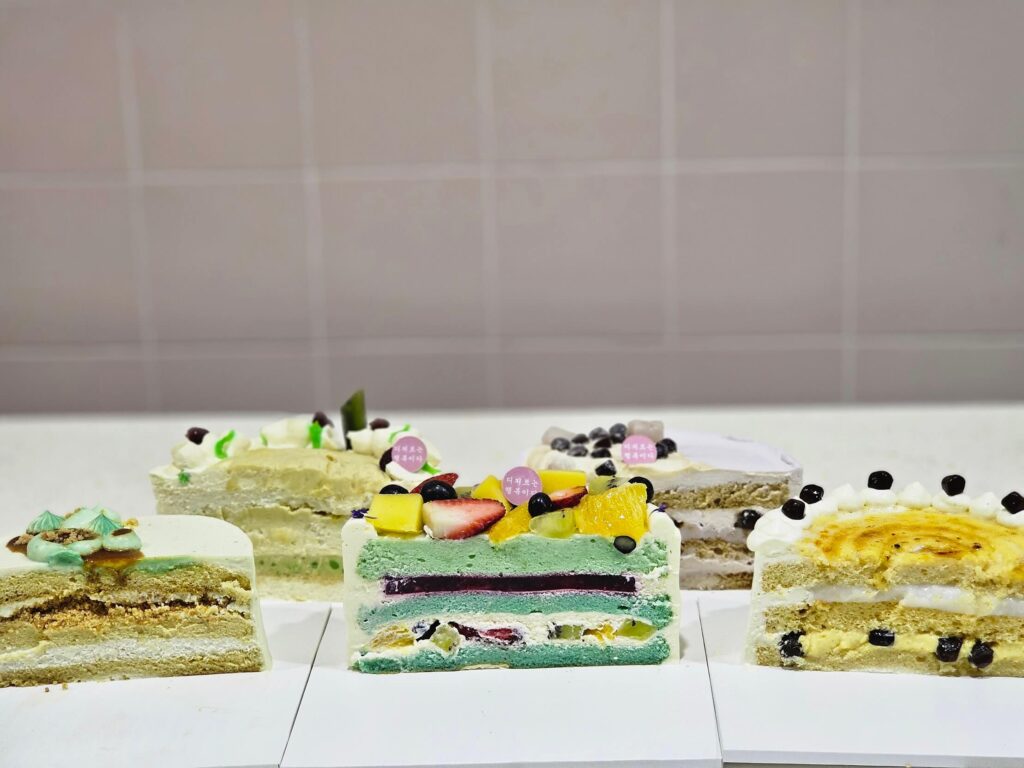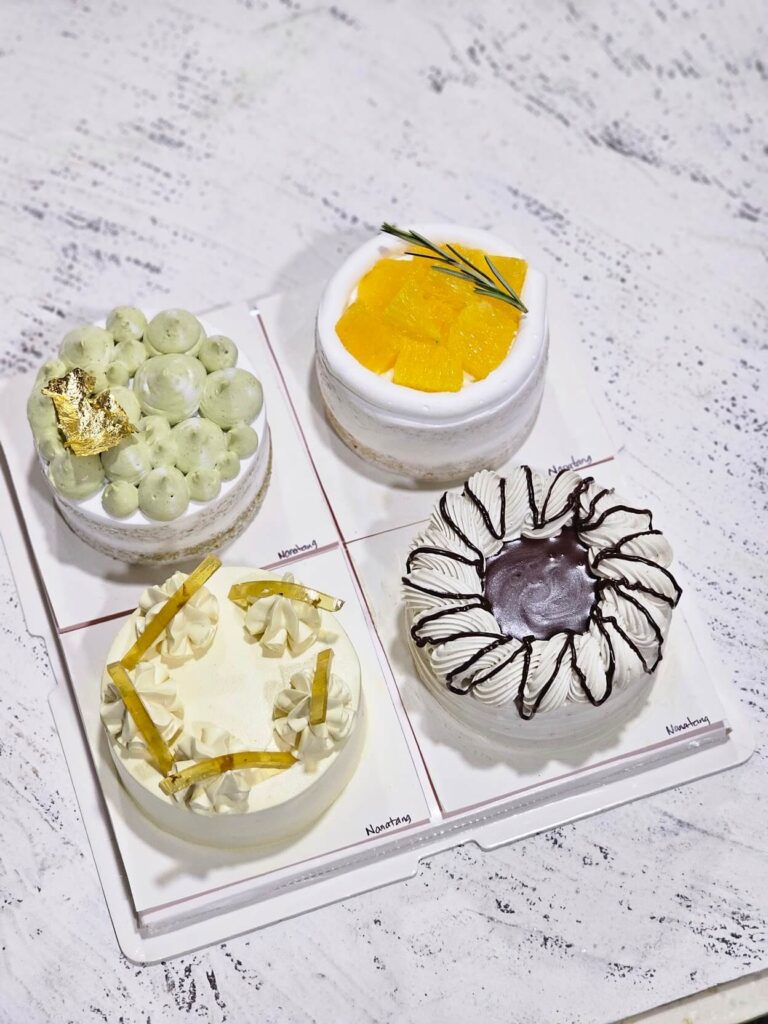
Cream is, well, la crème de la crème. We’re in love with the way it’s carefully squeezed from long piping bags, travelling through finely shaped nozzles, and ending up as delicate, ruffled stars on cakes, cookies and pastries. But not all creams that exit a piping bag are the same. In fact, when it comes to cakes, there are two main types of cream commonly used: buttercream and fresh cream, also known as fresh whipped cream (or simply whipped cream).
This article explains the differences between fresh cream and buttercream, and which are used when.

In fresh cream cakes, fresh cream often refers to whipped heavy cream, which is a dairy cream that contains a high fat content. Aerated by whisking, fresh cream is light and fluffy, making it ideal for dessert toppings and fillings. A popular dessert known for using fresh cream is the Japanese strawberry shortcake.
Fresh cream requires three basic ingredients: cold heavy cream, sugar (powdered or granulated), and vanilla extract (optional). Preparation involves using a handheld or stand mixer fitted with a whisk attachment to whip on high speed until medium peaks form.
Heavy cream tastes sweet and light, especially if it is enhanced with vanilla. When whipped well, it is also airy and fluffy, while having a smooth and creamy texture. Sweetening fresh cream with sugar makes it delicious for desserts. Some may also describe it as rich and fatty, with a distinct dairy flavour.
Fresh cream is commonly used for delicate and less overpowering cakes due to its relatively mild and neutral taste. This means that when paired with fruits, such as in a fruit cake, or a lighter option, like a Victoria sponge cake, its luxurious and creamy flavour can properly come through.

Buttercream is a butter-based frosting that some may also refer to as butter icing. Like fresh cream, it is used for filling and decorating cakes, although it exists in more colours and even flavours compared to fresh cream. While not as popular, buttercream is appreciated for its ability to hold its shape well, and can also be stored at room temperature for longer.
The recipe for buttercream icing typically calls for unsalted butter (softened), powdered sugar, milk and vanilla extract. The addition of eggs creates a lighter, fluffier texture—a trusted method for helping Swiss, Italian and French buttercreams hold their shape better. Sometimes, a dash of salt may be included to balance the sweetness. Generally, buttercream is made by combining the ingredients and beating them on low speed until it reaches medium consistency. You can test its readiness by running your spatula through the buttercream; if it comes out with small and soft peaks (which makes it highly spreadable), you’ve gotten the right consistency.
Flavoured buttercreams will involve the addition of other ingredients, such as extracts and essences. Chocolate flavoured buttercream uses cocoa powder or melted chocolate for a deep chocolate taste.
Buttercream is less delicate than fresh cream. However, it is also rich and much more decadent—deliciously buttery. Texture-wise, it is dense and smooth, making it heavier than whipped cream. Among the different types of buttercream, American buttercream is the heaviest and sweetest, while Swiss meringue buttercream is considered one of the lightest, and silkiest. In Singapore, the old-fashioned buttercream cakes are often made of American buttercream, which gives them the rich, slightly oily and nostalgic taste of traditional bakery cakes.
Italian buttercream is considerably smooth, stable, and slightly less sugary than American buttercream. The meringue imparts a mild sweetness that complements the buttery taste, and its creamy consistency makes it rather popular for cake decorating. On the other hand, French buttercream is known for being the most “custard-like” of all. It is made with egg yolks instead of whites, and presents a balanced flavour profile—making it a superb frosting choice for individuals who love a rich, velvety and buttery indulgence with just a hint of custard-like depth.
Buttercream has woven itself into various desserts by virtue of how insanely versatile it is in terms of flavour, appearance and stability (the ability to maintain its shape and structure). From coating and decorating cakes to filling pastries and Swiss rolls, buttercream is still widely acknowledged by bakers, even as its popularity falters in favour of lighter alternatives like fresh cream. Cupcakes continue to be one of the most recognisable pastries that still showcase buttercream.

You should be choosing between fresh cream and buttercream based on the dessert you’re making. Here are five thoughtful questions to ask yourself to guide you to the right choice.

After all this explanation, we hope this blog has given you a clearer understanding of the qualities of fresh cream and buttercream. However, as bakers ourselves, we know that nothing teaches better than hands-on experience. That’s why at Nanatang, we’re super excited to offer you a space where you can experiment and learn from skilled chefs using only the finest ingredients—ensuring that all the imaginable variables are under control.
Join us in one of our workshops and take your baking skills to the next level. Whether you’re new to the art or looking to refine your technique, we’ve got everything you need to create delicious masterpieces. Explore our workshops now, or browse our cakes and desserts today—whether fresh or buttercream has already won your heart!